Can Toothpaste Really Restore Cloudy Headlights? Here’s the Truth Behind the Viral DIY Trick
Every car owner has seen it: once-clear plastic headlights eventually turn hazy, scratched, or even yellow. And when that happens, nighttime visibility drops fast.
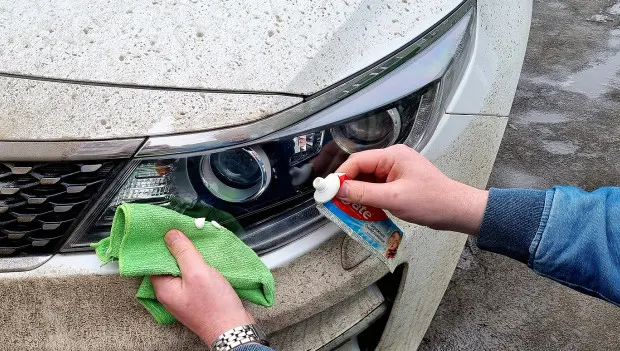
It’s no secret that plastic headlights don’t age gracefully. Over time they fade, get covered with tiny scratches, turn yellow, and barely let any light through. Sure, professionals can restore them, but the price isn’t always pleasant. That’s why the internet is full of “budget life hacks.” One of the most popular claims: “Just rub your headlights with toothpaste and they’ll look like new.” Sounds simple, but does it actually work?
According to DIY forums, toothpaste is basically a miracle solution. Got minor scratches? Toothpaste. Foggy plastic? Toothpaste. Yellow spots? You guessed it — more toothpaste. If you read enough of those posts, you start thinking toothpaste can fix anything on your car. If only it worked that well in real life.
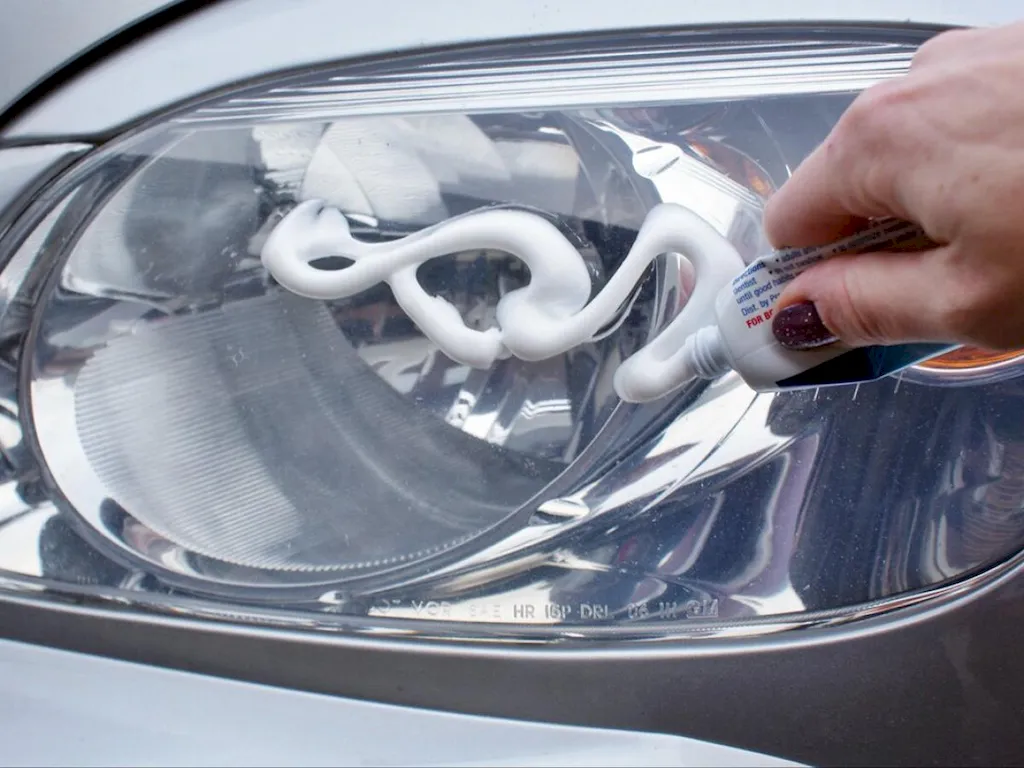
Let’s take a step back and look at what headlights are actually made of. Modern headlight lenses are plastic — usually polycarbonate or acrylic. And here’s the important part: they’re coated with a protective clear layer from the factory. This coating blocks UV rays and shields the surface from moisture and road debris.
Polycarbonate is strong but hates ultraviolet sunlight — it breaks down without protection. Acrylic handles UV better, but it doesn’t like excessive moisture. So manufacturers apply a specialized, UV-resistant coating. It’s not the same clear coat used on a car’s body — this stuff is more durable and more expensive. It keeps the lenses clear for years… until it eventually wears out.
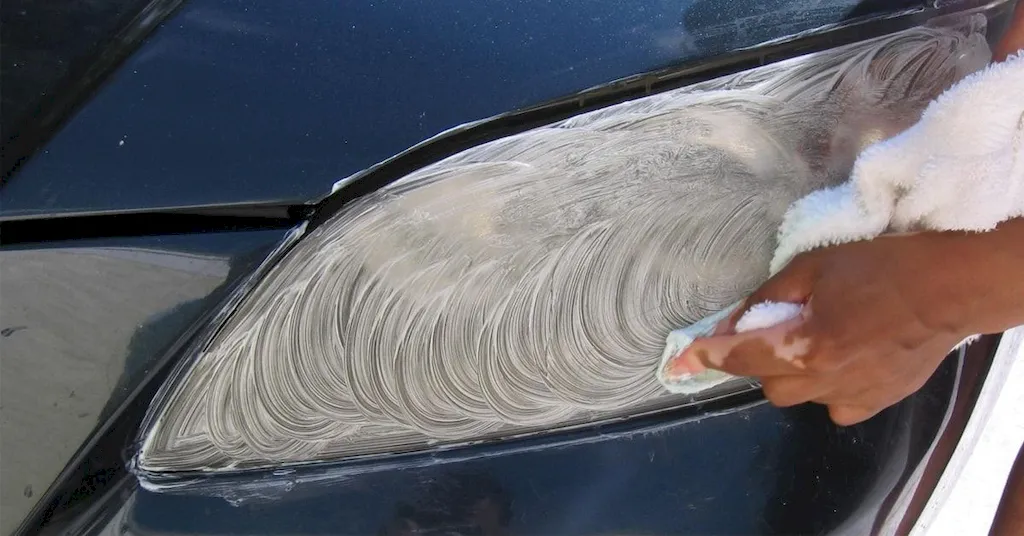
And that is the real problem. Over time, the top protective layer cracks, becomes cloudy, gets sandblasted by highway debris, and can even turn yellow. Once that coating is damaged, the lens starts looking old and dull. This is the layer people try to “fix” with toothpaste. But can it actually restore it?
Short answer: no.
Toothpaste can clean the surface and remove some stubborn grime. In fact, its mild abrasives might make the lens look slightly better for a moment. But it can’t repair worn clear coat, and it definitely can’t restore damaged plastic. If you seriously try to “polish” a headlight by hand with toothpaste, you’ll just wear yourself out — and in many cases, the lens will get even hazier.
So how do you fix headlights properly?
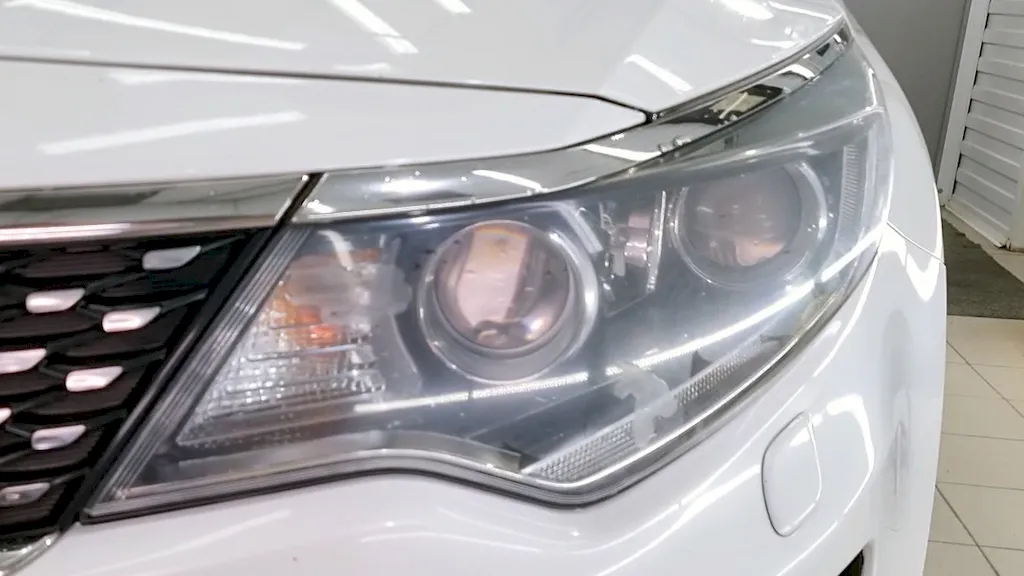
There’s no magic trick. The right method is a multi-step process:
-
Remove the damaged clear coat using sandpaper (gradually moving from coarse to fine grits).
-
Polish the lens with a machine polisher until it’s clear again.
-
Protect it — this step is crucial, otherwise the headlights will turn cloudy again within a few months.
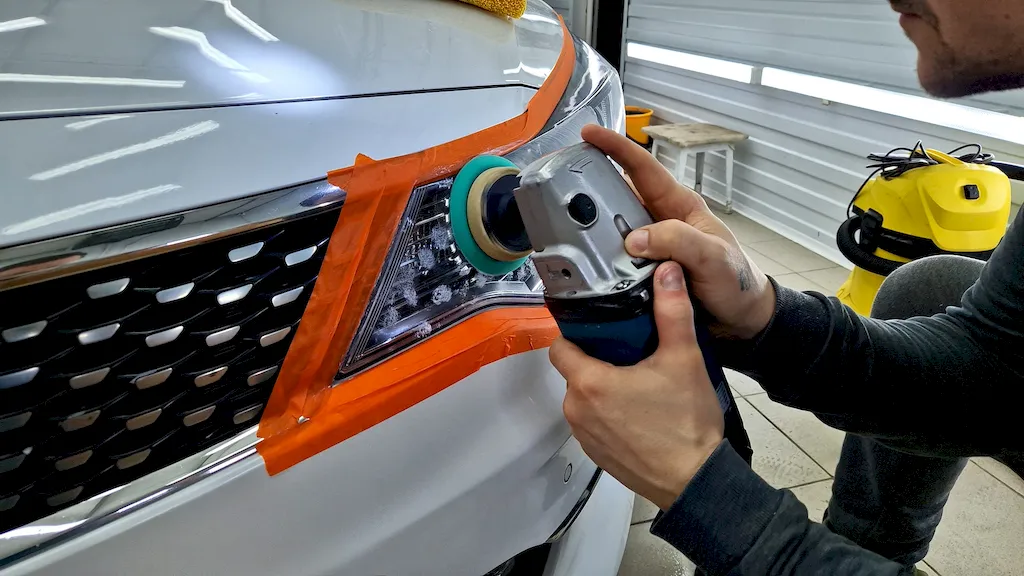
For protection, you have two solid options:
-
Apply a specialized UV-resistant clear coat
-
Install a high-quality protective film (PPF) designed for headlights
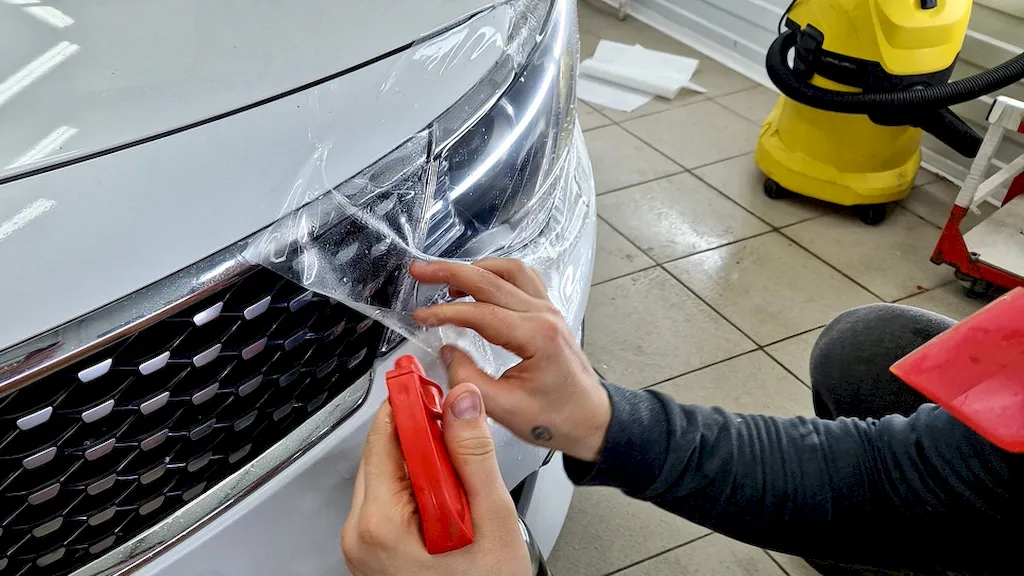
Most professionals recommend the film — it protects against UV, rock chips, heat, and it can last 3–5 years. When it wears out, you simply replace it.
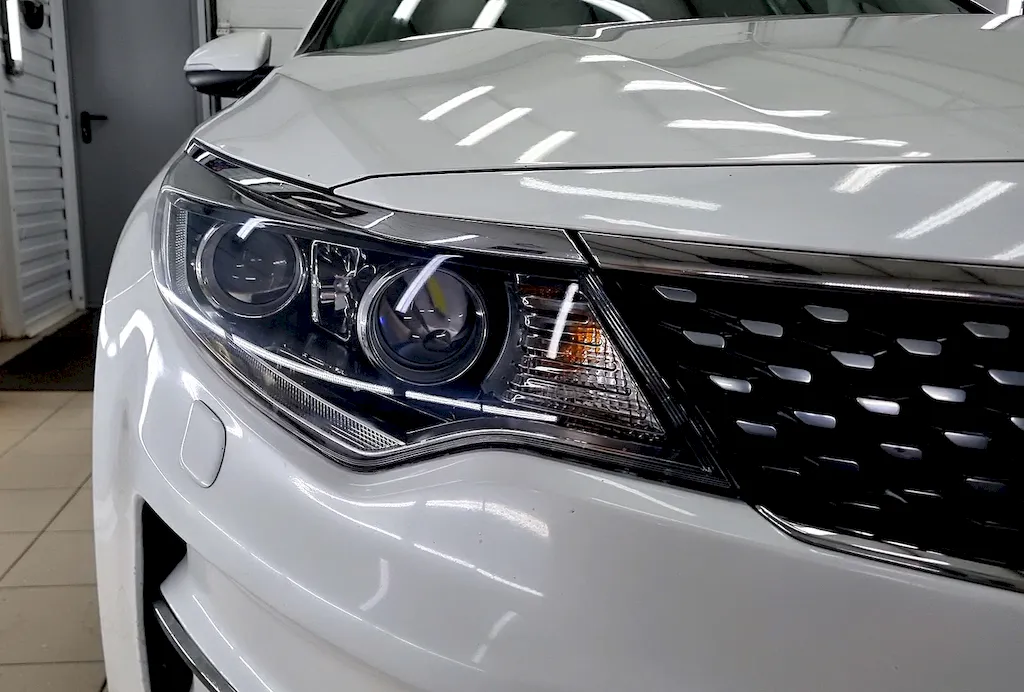
As you can see, toothpaste never shows up in any real restoration process — and for good reason. At best, it’s a temporary illusion. At worst, it makes things look even worse.
You may also be interested in the news:
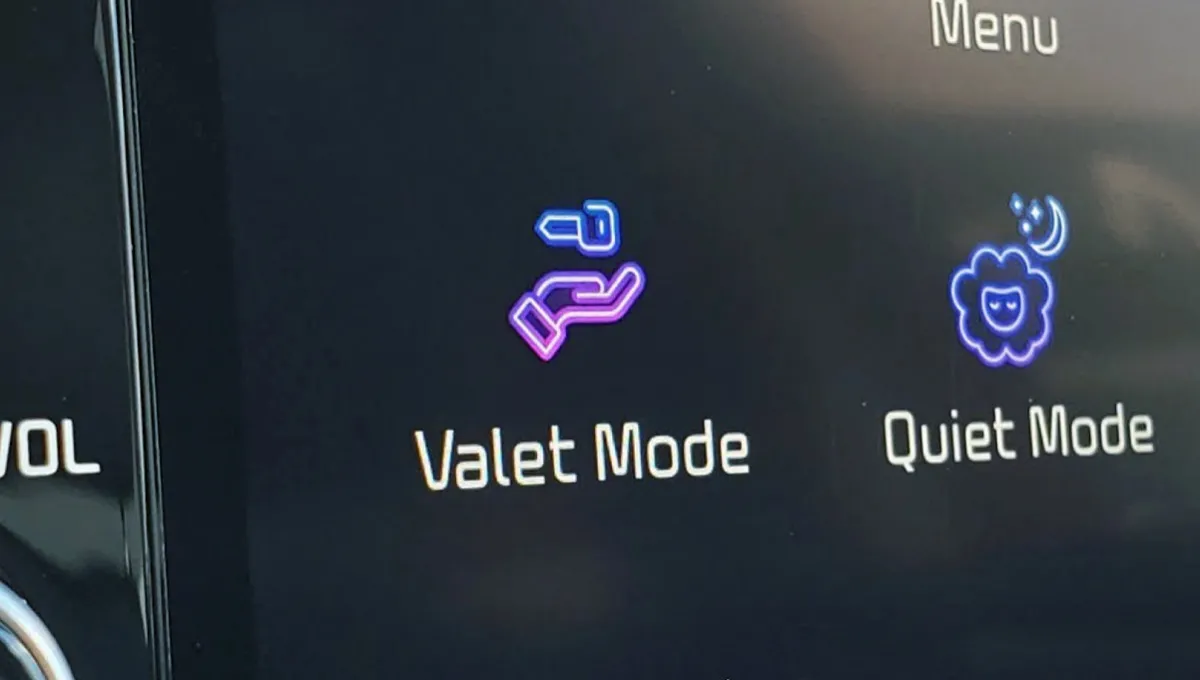
Many Americans don’t know about this onboard computer feature: what the Valet Mode system is for and how it works
How to use Valet Mode and when to apply this system, as well as why it was integrated into your car’s computer.

America’s Secret 1950s Road Train Built for $3.7 Million
Witnesses of its test runs said the massive convoy moved like a snake.
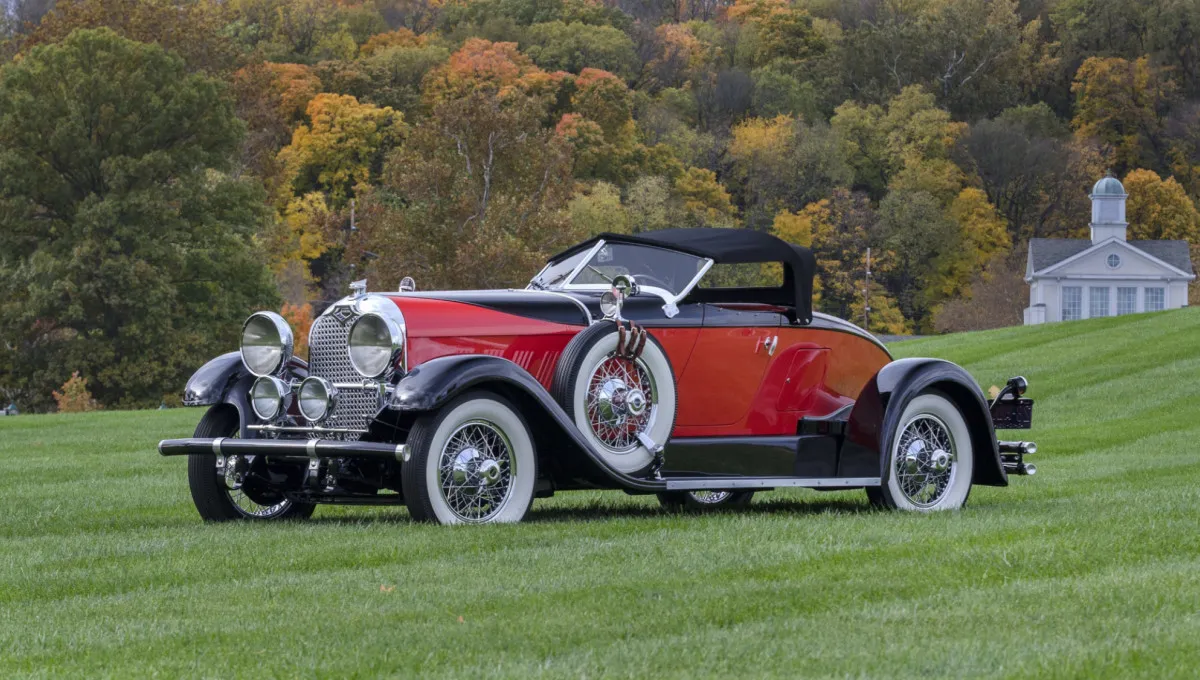
Ten Automotive Legends of the 1930s That Shaped History
The 1930s put the whole world on wheels. The Great Depression still had the planet by the throat, yet cars seemed to be living a new life.
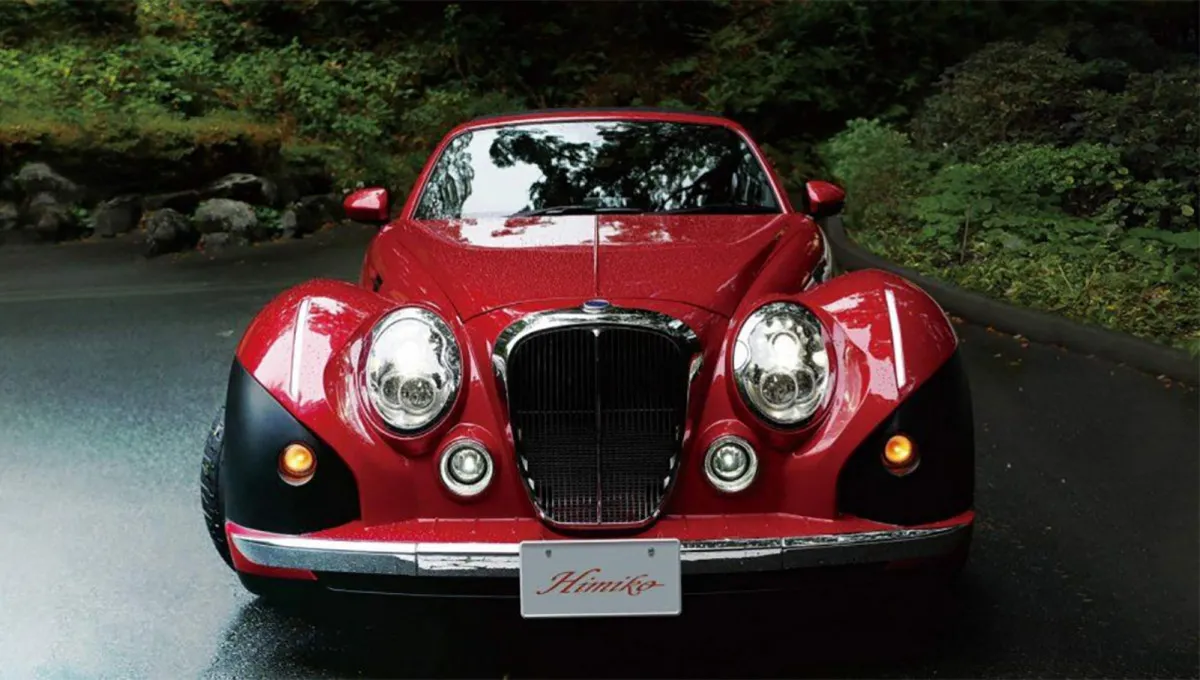
The 2011 Himiko Electric Sports Car: A Retro-Style Gem Ahead of Its Time
The very idea of a “sports car” and an “EV” usually implies something brand-new, futuristic, and packed with cutting-edge tech.
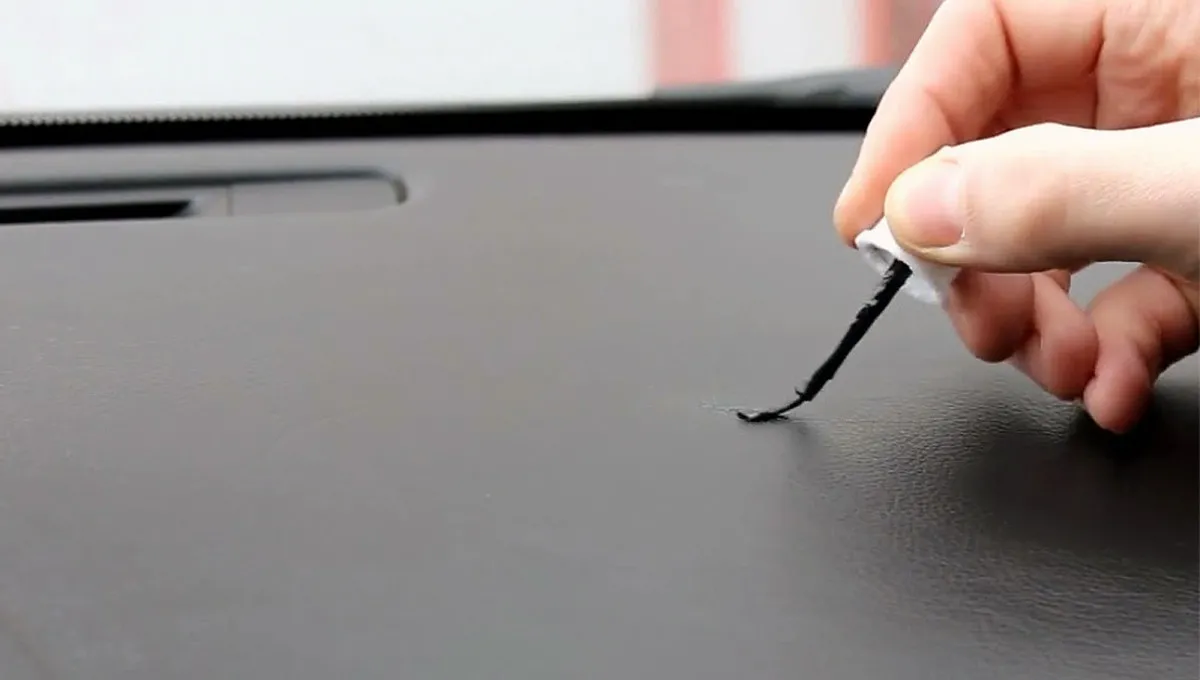
Five Ways to Remove Scratches From Your Car’s Plastic Interior
Every car owner wants their cabin to look as clean and well-kept as possible.